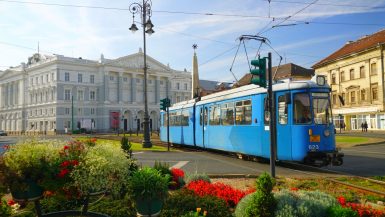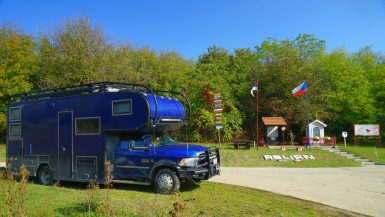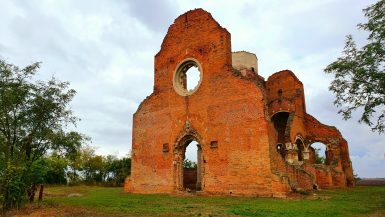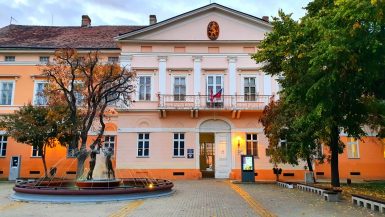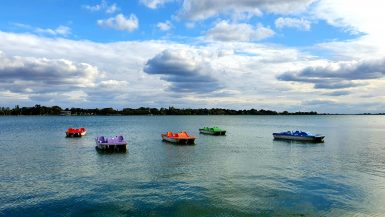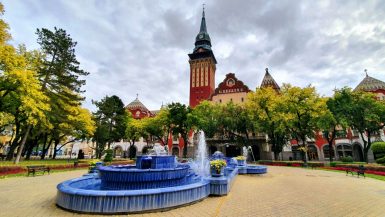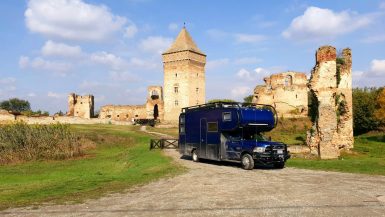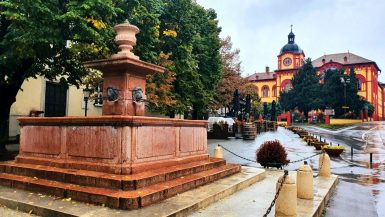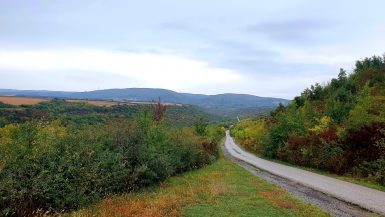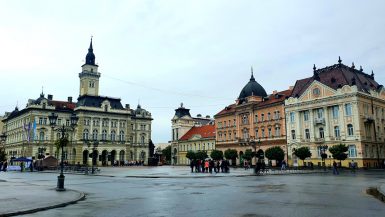Arad is located in Western Romania in the lower Mureş River valley close to the Hungarian border. The town traces its history back to the 11th century, it developed as a major trading post during the Turkish occupation, between 1551 and 1699. After 1699, the city was ruled by the Habsburg...
